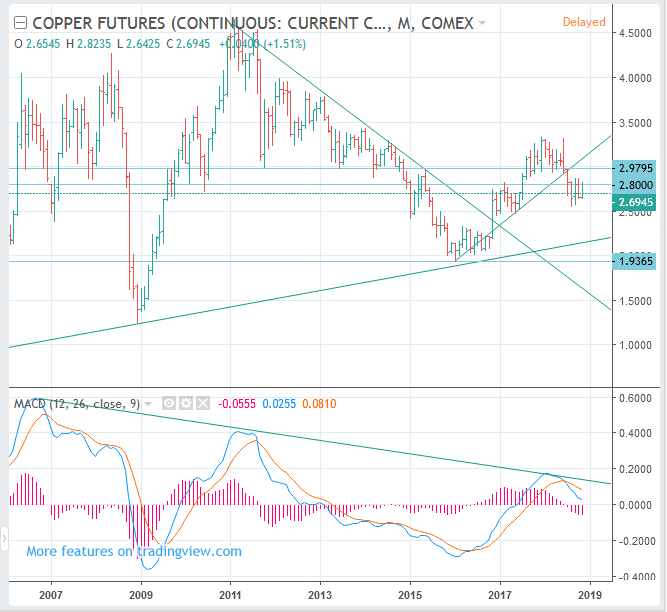

Sustainably Unearthing More Copper is Difficult The problem? We are unable to efficiently meet these demands for copper. But, when the demand of a natural element increases, there needs to be a sufficient supply of it to keep up. You may be saying, “Renewable energy is a good thing, right?” Yes, it is. Unable to Sustainably Meet Demand for Copper With so many corporations turning to renewable energy, it is predicted that, by 2030, there will be an increase in copper demand by up to 900% on an annual basis to 8.7 million tons. The role of copper in renewable energy has drastically increased as copper is essential in the production of: And one of those resources is none other than copper! Transition to Renewable Energy Increases Demand for CopperĪs more and more governments realize the severity of present-day climate change, such as an increase in global temperatures and natural disasters, there has been a surge in news about the positive effects of renewable energy.Īs we learn new ways to convert to renewable energy, new resources are receiving more attention. So, why is the price of copper scrap expected to increase so much, so quickly? In this article, we will explain why there is an increase in the demand and price of copper and what you can do to reap the benefits.įirst, let’s talk about copper in today’s day and age. But, what if we told you that copper scrap metal is quickly becoming the next big metal?Īn analysis titled “Copper is the New Oil,” Goldman Sachs predicts copper will approach $51,000 per metric ton by 2025. Call us for top scrap copper prices.When you think of precious metals, gold, silver, and platinum are probably the first to come to mind. Does your business produce any copper waste metals? If yes, recycle your copper with us for an extra source of profit for your organisation. We collect, buy and recycle non-ferrous metals including copper from businesses across Kent.


Copper recycling for commercial businesses in the UK It’s estimated around 80 per cent of all copper used is re-purposed and recycled. Scrap copper can be re-used and re-purposed without any loss to the metal’s quality. UK businesses can gain extra profit from recycling copper waste to scrap metal merchants. Copper is one of the most valuable recyclable metals Wire should look like #2 copper grade with no insulation. Insulated wires with nickel and tin coatings are usually classed as number 2. Extension cords, gadgets and electronics wiring are accepted for this category type. This type of copper includes clean, unalloyed, uncoated and untinned wires. Plastic wire insulation with a gauge thickness of 16 or above is acceptable, you do not need to strip insulation.ĭouble, plastic or heavy insulated unalloyed copper wire with a gauge thinner than 16. If damage is not extensive, copper fittings with oxidation are generally accepted. Copper pipe or unalloyed wire that has paint, solder, coating or tarnishes is #2 copper. The copper material content in this category should be between 94% to 96%. #2 copper grade is scrap copper that has a dirty appearance. #1 copper must be free of insulation, fittings, solder and paint. Scrap copper in this grade include clippings, bus bars and clean copper tubing. This category is like bare bright copper but has traces of oxidation. #1 copper is the second most valuable grade. Dry bright copper for scrap is no thinner than 16 gauge in thickness – which is of #1 copper quality. Not included in this classification is copper piping. This unalloyed and uncoated copper is free of paint, insulation and other impurities. What are the different types of scrap copper?īare bright copper is the most valuable type of scrap copper. The grade of copper that is being recycled is a important factor, an explanation is below of scrap copper grades and types. Scrap copper prices depend on various factors when it comes to pricing. Copper is recycled from all types of manufacturing products from motors to computers. Copper has an infinite life since it can be recycled from one product to another without loss. Also used in building construction, plumbing and industry, transportation, architecture and consumer products. Copper has applications in areas such as electronics and electricity. Copper is a non-ferrous, semi-precious, malleable metal. Copper is element number 29 on the periodic table of elements. Copper also has electrical and thermal conductivity and resistance to corrosion. Copper is an element and a mineral essential to our everyday lives, an important metal to industries because of its high ductility and malleability.


 0 kommentar(er)
0 kommentar(er)
